What’s that leak?

A strange burning smell. A mysterious puddle on the garage floor. Automotive leaks come in many forms, often revealing themselves at the most inconvenient times.
Oil, coolant, power steering fluid, brake fluid, windscreen washer fluid, transmission fluid –the veins of our automotive companions are filled with many liquid lifelines.
One turn of the ignition, and streams of fluid are set in motion, propelling, protecting and cooling your vehicle’s vital organs for years on end.
Leaks, however, are often the first signs of something amiss. Pay attention to what’s dripping, from where, and you could save yourself from serious heartache down the track.
From our garage to yours, here are some of the most common automotive leaks, and how to identify them before they cause trouble.
Oil leaks
Signs your car is leaking oil include a black puddle under your vehicle after it’s been parked, a smell of burning oil when the engine is hot, a low oil level, or the oil light appearing on your dash. Blue smoke coming from your exhaust could indicate a leaking valve seal or a problem with a piston ring.
Oil can leak from many parts of your engine, but here are some of the most common culprits.
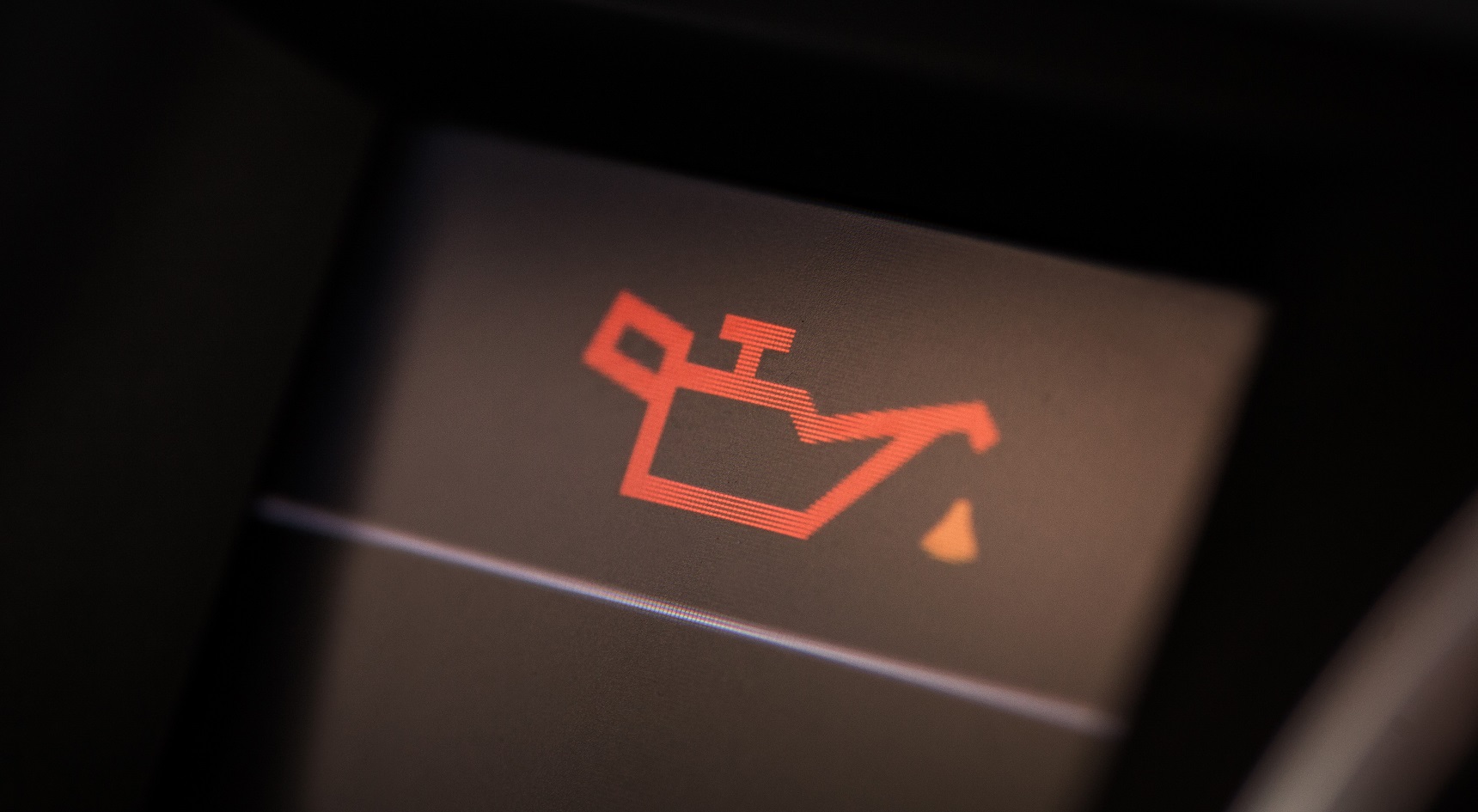
Rocker cover gaskets
The rocker cover sits at the top of your engine. Over time, its gasket can wear thin and begin to leak oil. Should your rocker cover gasket start leaking, oil will generally run down, over other areas of your engine and sometimes onto hotter components. This may result in the smell of burning oil – you’ll often smell a rocker cover gasket leak before you see it.
In the beginning, you may not spot any tell-tale signs of oil on your driveway, but look a little closer in your engine bay, and you may notice oil pooling in nooks and crannies. In some vehicles, the rocker cover gasket may leak oil into spark plug cavities, affecting the spark plugs themselves and/or ignition system components like the ignition coil(s).
Rear main-seal and timing cover seals
These are located at either end of your engine, on the crankshaft itself, and can be expensive to fix. The most obvious sign one is on its way out is a recurring pool of oil on your driveway or the floor of your garage.
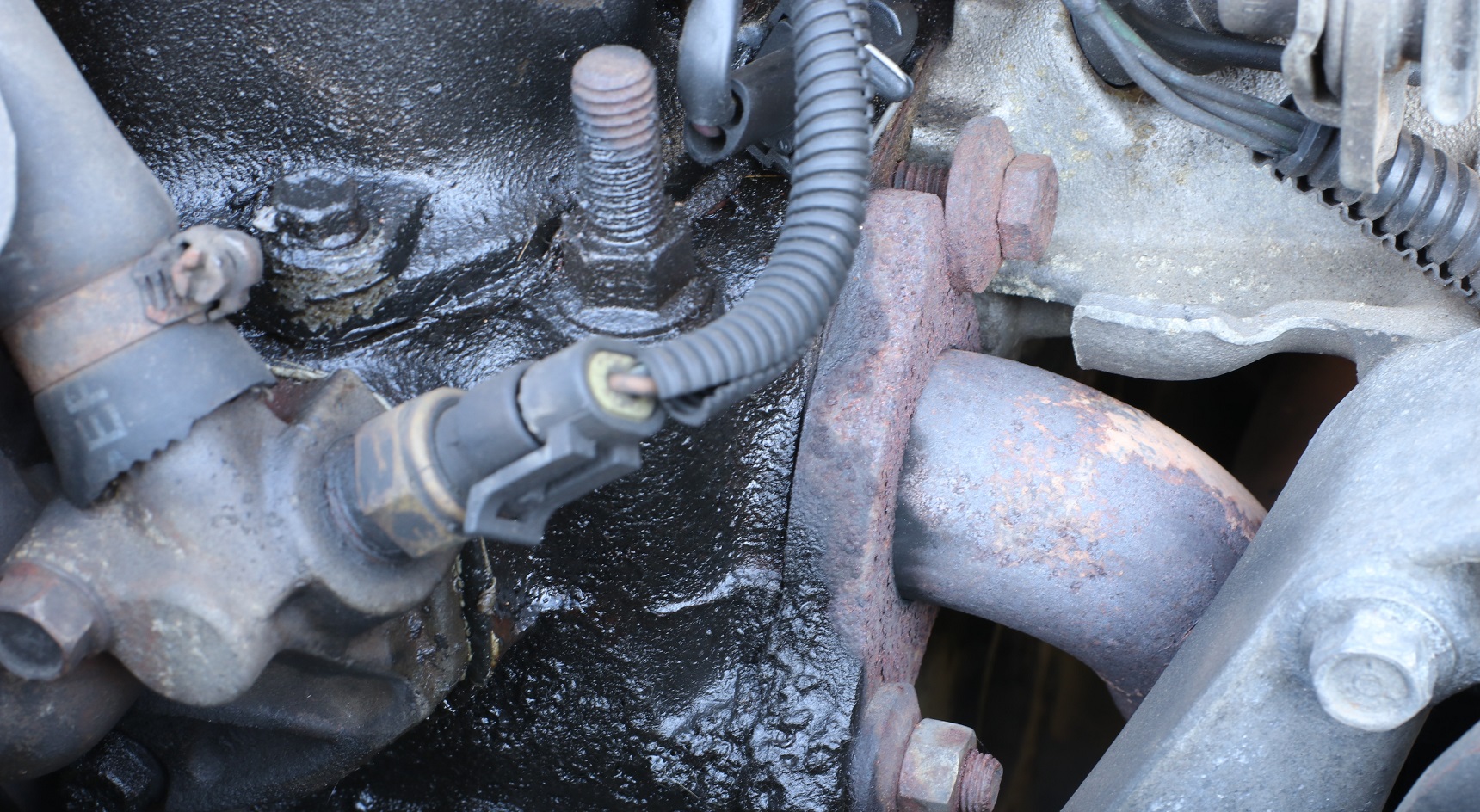
Timing cover seals can be fixed by technicians during the process of changing over a timing belt (this is usually done every 100,000km). If your car is due for a timing belt replacement, it’s also a good idea to get your timing cover seal checked and fixed (if necessary).
Fixing your car’s rear main-seal requires either the removal of your transmission or engine, which can be very expensive. That being said, an automotive technician can diagnose the issue and let you know if the leak is bad enough to require immediate attention.
Oil filters and sump plugs
Whenever your car is serviced, your sump plug and oil filter are both removed. If either aren’t refitted correctly – or if the sump plug threads deteriorate – they’ll leak oil.
Keep your eyes to the ground
It’s a good idea to keep an eye on your garage floor for evidence of any sort of oil leak. If there’s more than one car in the driveway, you’ll also need to keep tabs on which one is the culprit!

Coolant leaks
Unlike oil leaks, which can slowly seep for weeks or months without causing significant damage, coolant leaks should be identified and repaired, immediately. Signs of a coolant leak include a distinct smell after your engine has been running, puddles of green or orange on your driveway or garage floor, your car overheating or white residue on your radiator cap or around hoses throughout your engine compartment.
Checking your coolant level regularly, especially if you drive an older car, is key to keeping on top of leaks. This can be done easily by checking the level indicator on the side of your coolant bottle, in your engine bay.
If the level is dropping and requires topping up, the reason needs to be investigated by an automotive technician immediately. Always remember, never open your coolant cap when your engine is hot. The system is under pressure, which means boiling coolant could spray up and burn you.
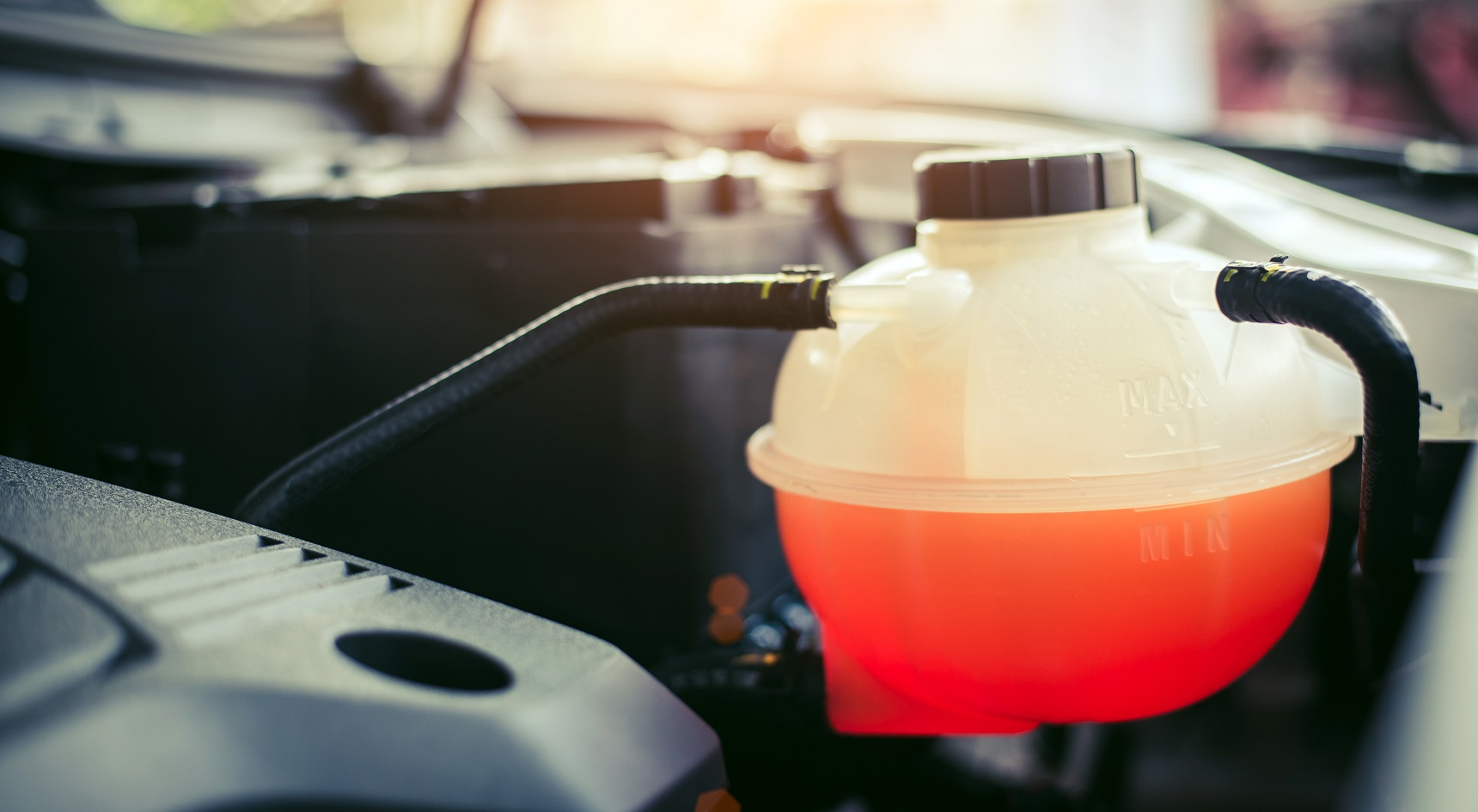
Anywhere and everywhere
Coolant can leak from any rubber cooling-system hose, any fitting, various gaskets that seal engine passageways and, of course, the radiator itself.
Don’t be fooled
Often car air conditioners will expel clear water onto the ground when running. Don’t be fooled – this is just condensation which has built up inside your air conditioner evaporator, draining out.
Other leaks
Brake fluid
Nowadays, brake fluid leaks are uncommon as modern fittings, piping and hoses are engineered to ensure safe, reliable and long-lasting operation. However, it’s possible for older and heavily used cars to develop leaks from rear wheel cylinders (on cars with drum brakes), disc-brake calliper piston seals, brake hoses and the actual brake master cylinder.
Brake fluid leaks are a little harder to spot. In some situations you may smell a leak (a strong, pungent odour) before you see it. In severe cases, you might notice your brakes aren’t performing properly.
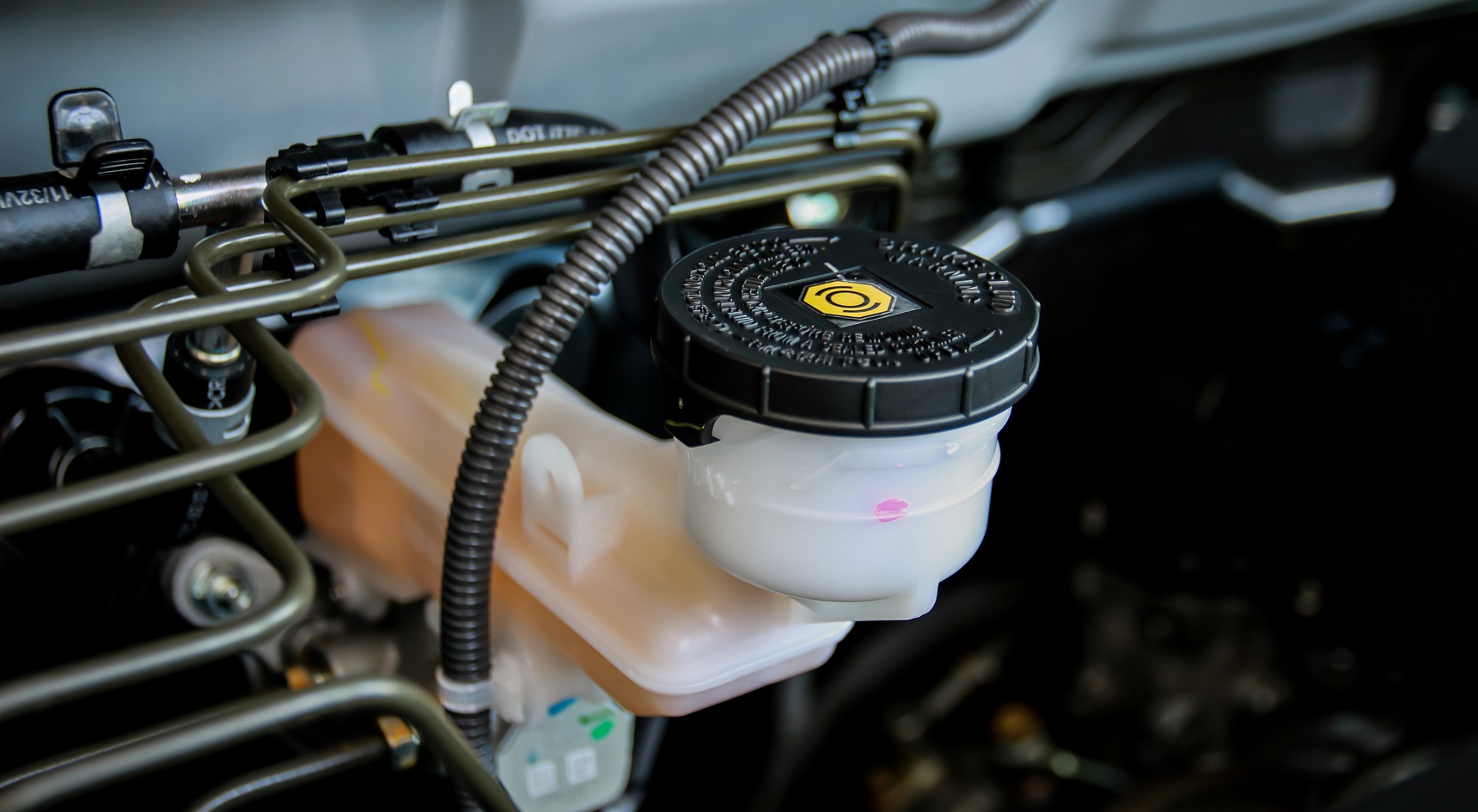
Your brake fluid level will be displayed on a reservoir under your bonnet, normally at the very back of the engine bay. If you notice your brake fluid level dropping or leaks in your braking system, stop driving your car immediately and contact an automotive technician.
Power steering fluid
If a high-pressure power steering hose bursts, you’ll experience fountains of red fluid splashing either directly onto the ground or – much worse – onto hot engine components, which could cause a fire. Power steering systems work under extremely high pressure, so you may need to rely on your service agent or technician to monitor and report its condition.
Your car’s power steering rack can also leak internally, but only your technician will be able to spot this. If you have any suspicions, contact them immediately.
Transmission fluid
Transmission fluid can leak from your car’s drive shaft seals – where the drive shaft exits the transmission housing. Seals can become disturbed when driveshafts are removed for repair work. If you notice them leaking, they’ll need to be fixed quickly, otherwise your transmission may run out of oil.
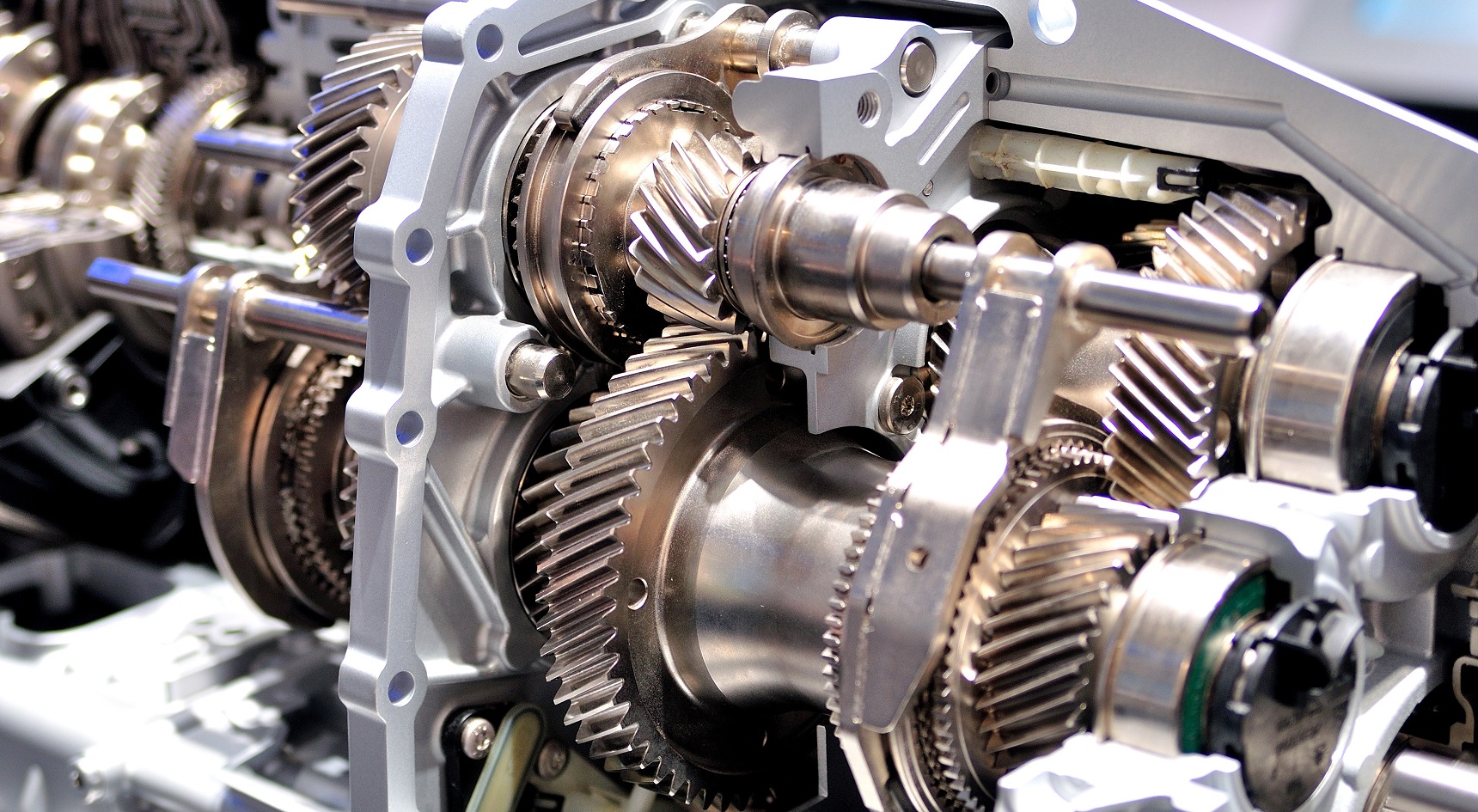
Automatic transmission cooling hoses can deteriorate or split completely over time, which will result in a noticeable trail of oil underneath your car. The fluid will generally be a bright red colour. If you have a transmission fluid leak, don’t drive your car until it’s been inspected by an automotive technician.
Air conditioning refrigerant
As you can’t see the refrigerant in your car’s air conditioner, you won’t see when it’s leaking, either. You’ll only notice when your air conditioner is no longer cold.
If this happens, you’ll need to get your air conditioner regassed and leak tested by a reputable automotive technician.

CV joints can be found on each end of your driveshafts, joining your wheels to the transmission. They’re filled with a molybdenum grease that can leak if the joints’ rubber boots split.
If this happens, grease will splatter all over the inside of your wheels by centrifugal force, leading to a huge mess under your car. If you’re unlucky, grease could settle on hot components under the car and cause a burning, greasy smell.
Once cracked, boots will need replacing and the joint repacked with grease. If ignored, the CV joint will wear out quickly as it has no lubrication, causing a ‘click, click, click’ sound when turning sharply.

